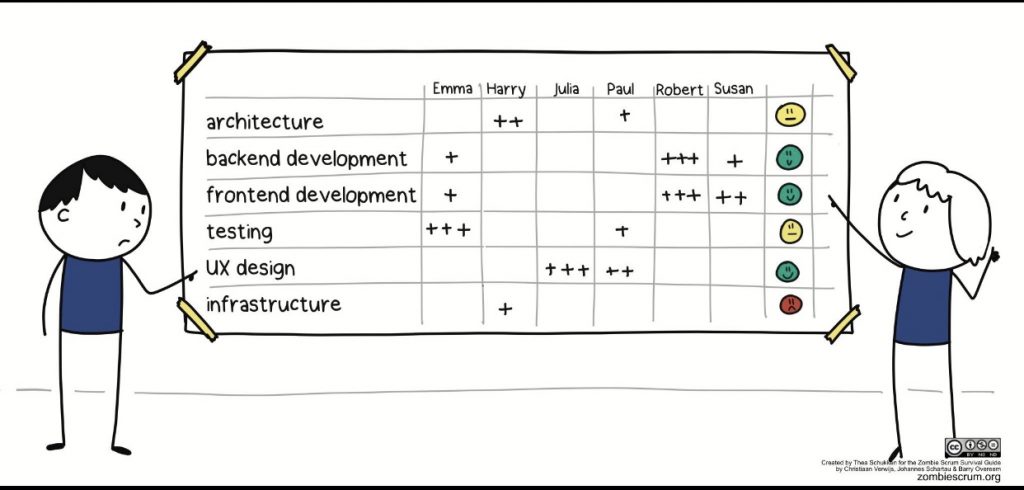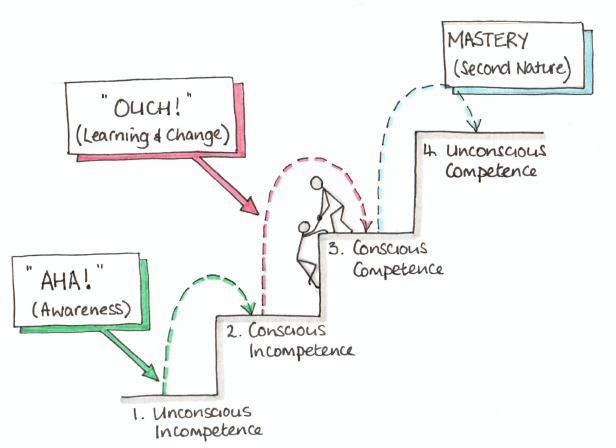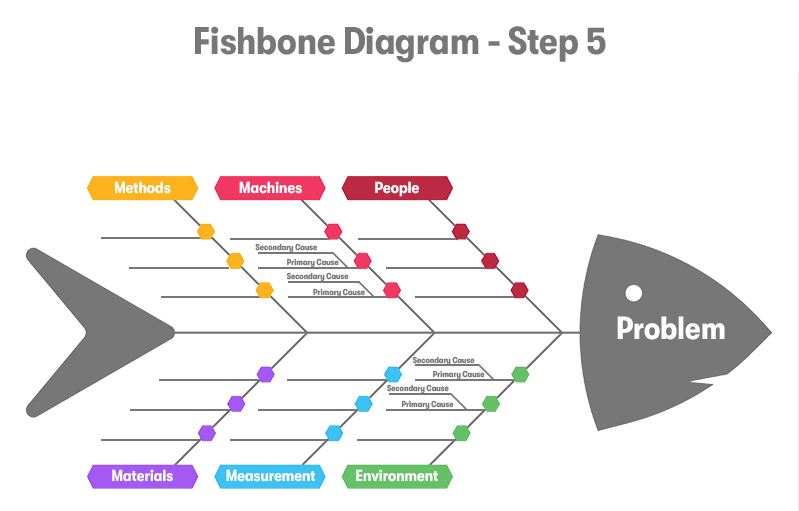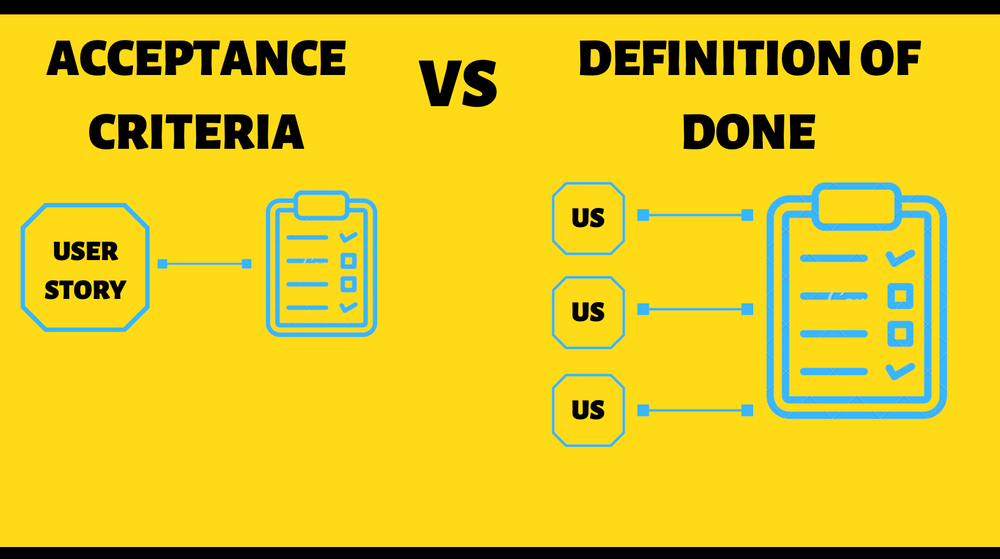
Learning a new skill requires time and patience. There are four stages of learning that a learner goes through when improving their understanding of a specific skill. These stages help learners identify what they need during the learning process. In this article, I will introduce the four stages of learning, discuss the issues learners face when stuck at each stage, and outline steps to help learners overcome these stages.
The four stages of learning are a useful model for understanding how an individual progresses when learning a new skill. These four stages are:
1. **Unconscious incompetence**: In this stage, the learner lacks knowledge about the skills and necessary information for a role. They do not realize that they need this skill or its benefits. For example, when someone is new to a specific industry, they may not understand the skills needed to succeed in that field. Unconscious incompetence also describes a situation where the learner is unaware that they are not performing a task effectively. Their interest in learning these skills determines the time they spend in this stage. To move past this stage, it is important for them to have a goal or intention that encourages them to learn.
2. **Conscious incompetence**: In this stage, the learner recognizes that they have gaps or deficiencies in their knowledge and skills. The individual wants to understand new information and learn new skills. They may explore appropriate ways to carry out tasks. These learners may enroll in courses, certifications, or mentoring programs to learn. At this stage, learners realize the training they need to become proficient in a specific area. For example, a new employee might feel intimidated watching an experienced employee perform tasks on their first day at work. Commitment and determination are crucial in this stage, as it is not uncommon for learners to feel discouraged during the learning process.
3. **Conscious competence**: This stage typically describes learners who have an understanding of the necessary skills. These learners may be beginners with a basic knowledge of the field. They may need guidance, tools, and helpful instructions to complete tasks. At this stage, learners can practice more and recognize their progress. Any mistakes they make are learning opportunities to improve their expertise. For example, an employee at this stage might perform tasks under the supervision of a manager.
4. **Unconscious competence**: This stage describes learners who have practiced a skill so much that it becomes “second nature” and can be performed easily. As a result, the skill can be used while carrying out another task. For example, an employee at this stage might drive without thinking or double-checking.
To illustrate the four stages of learning, let’s take the example of learning how to drive:
– **Unconscious incompetence**: In this stage, the learner does not know how to drive and is not interested in learning. They may think driving is an easy skill and unnecessary.
To overcome this stage, they need a reason to learn to drive, such as wanting to travel or find a job.
– **Conscious incompetence**: In this stage, the learner realizes that they do not know how to drive and need to learn. They may feel confused, anxious, or insecure when they see others driving skillfully. They may seek driving courses or ask others to teach them.
To overcome this stage, they need commitment and determination to address their deficiencies.
– **Conscious competence**: In this stage, the learner knows the basics of driving but still needs focus and guidance to complete tasks. They may practice on quiet streets or in safe areas. They might encounter some mistakes or difficulties when driving in complex situations, such as heavy traffic or bad weather.
To overcome this stage, they need confidence and proactivity in addressing the problems or challenges they encounter.
– **Unconscious competence**: In this stage, the learner has become a proficient driver and can drive naturally and comfortably. They do not need to think or double-check while driving. They can drive while doing other things, such as listening to music or talking.
The trainer plays a crucial role in supporting learners at each stage of learning. Trainers can apply the following methods to help learners progress through the stages:
– **Unconscious incompetence**: Trainers can help learners recognize their deficiencies by providing examples, questions, or assessments to evaluate their knowledge and skills. Trainers can also help learners see the benefits and value of the new skill by presenting reasons, goals, or desired outcomes. Trainers should also create a safe and encouraging environment for learners to challenge themselves and broaden their perspectives.
– **Conscious incompetence**: Trainers can assist learners in addressing their deficiencies by providing them with resources, learning methods, or training programs that suit their needs and levels. Trainers can also help learners track their progress and evaluate their results by setting standards, metrics, or timely feedback. Trainers should maintain interest and motivation for learners so they do not give up or become discouraged.
– **Conscious competence**: Trainers can help learners enhance their proficiency by creating opportunities for them to practice and apply new skills in real-life situations. Trainers can also help learners develop confidence and initiative in solving problems or challenges they encounter. Trainers should encourage learners to self-reflect and self-correct so they can continually progress.
– **Unconscious competence**: Trainers can help learners maintain their proficiency by suggesting advanced skills or related areas for them to expand their knowledge and skills. Trainers can also assist learners in sharing their experiences and knowledge with others so they can learn from each other and improve their communication and collaboration skills. Trainers should also recognize and appreciate the achievements and contributions of learners so they can feel proud and happy.
Thus, you can see that the four stages of learning are a useful model for understanding an individual’s process of learning a new skill. Each stage has its own characteristics, responses, and needs of the learner. Trainers can apply different methods to help learners overcome the stages and achieve the desired proficiency. By grasping the four stages of learning, both learners and trainers can optimize the learning process and skill development.



